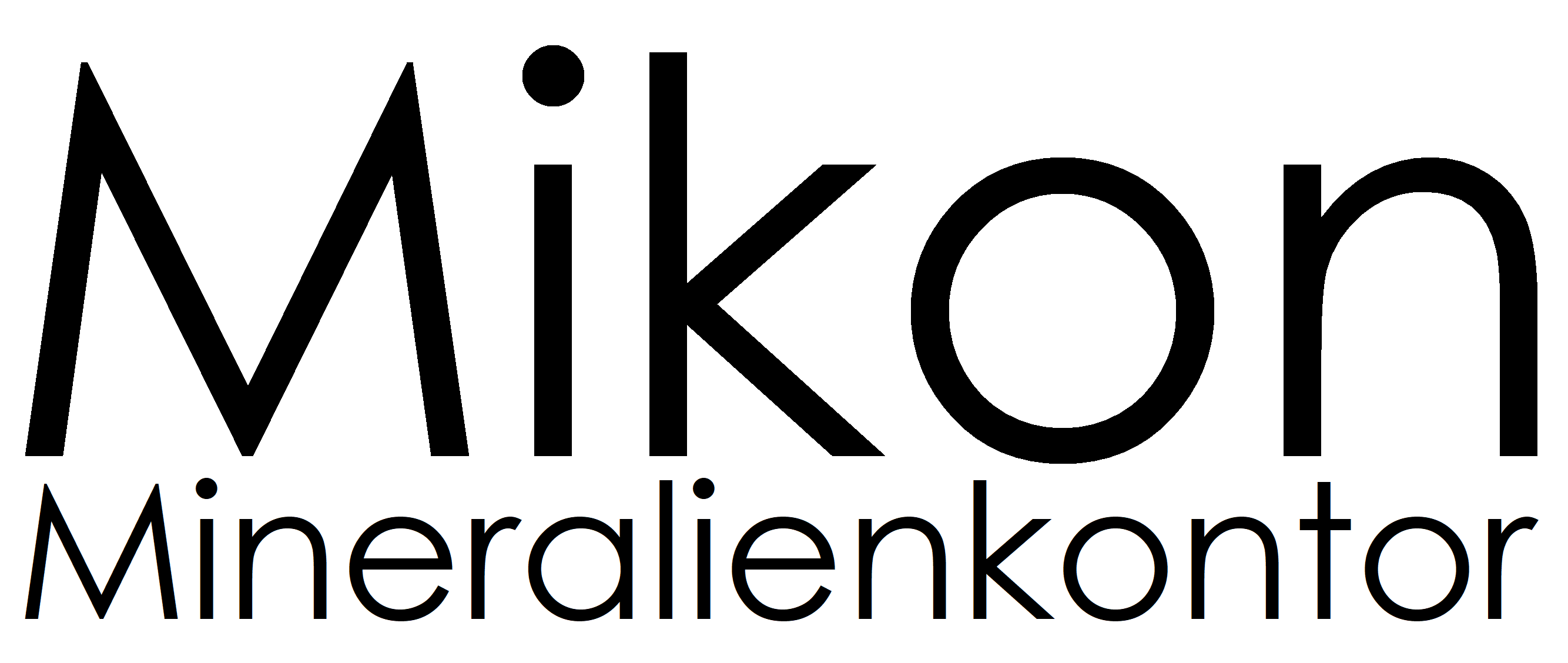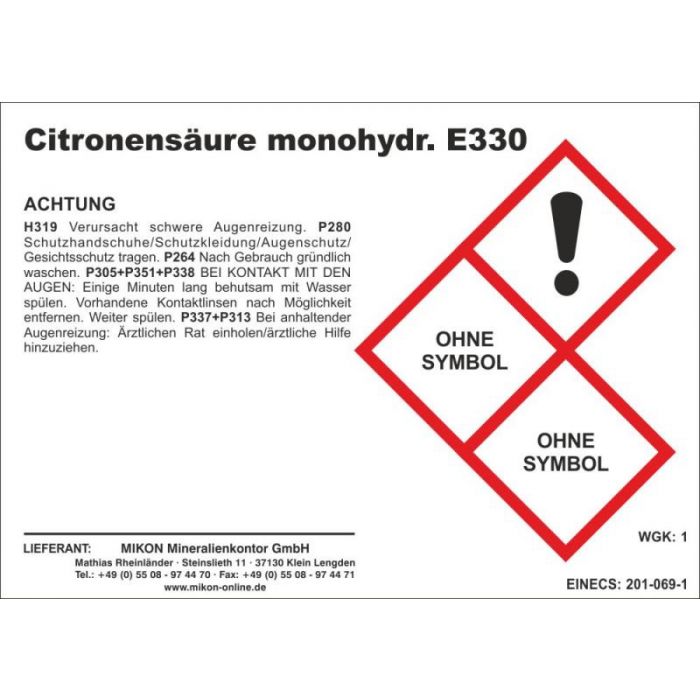Citric acid, E 330; 25 kg
99.95% technical grade.
Citric Acid (E 330) 25 kg
Citric acid is an organic acid with various applications:
- Cleaning Agents: Commonly used in descaling cleaners due to its effective lime-dissolving properties and more pleasant odor compared to vinegar-based cleaners.
- Food Industry: Serves as an acidulant and acidity regulator in various products, such as beverages.
- Technical Applications: Suitable for dissolving lime, iron, and manganese deposits that form during the iron oxidation of wells.
Note:
This product is supplied in an unopened original package and is suitable for industrial applications.
Legal Notice
Safety
We accept no liability for damages caused by improper and/or non-recommended use. Please carefully assess the suitability of the product before any alternative use.
- Do not release into sewage systems, water bodies, or groundwater.
- In case of contact with skin or eyes, rinse immediately with plenty of water.
- Keep out of reach of children.
Manufacturer Information in accordance with EU Regulation 2023/988:
Przedsiebiorstwo Przemysłowo-Handlowe
"STANLAB" Sp. z o.o.
K. Olszewskiego 13 Street
20-481 Lublin
POLAND
info@stanlab.eu
chemicals, laboratory chemicals, laboratory, processing, handling, chemistry, chemical
| shipment-weight, NOT netto weight (kg) | 27.000000 |
|---|

